A new homeschool parent recently asked on Facebook,
“How do you know what your child knows?“
Charlotte Mason has a very simple method that reveals what a child knows = narrations.
So how do you start with narrations?
Toddlers naturally retell their stories and nursery rhymes with accurate details. Think of how they easily tell dad about their latest story or what they saw on their nature walk. This is a narration. Oral narrations are natural and, when practiced, form the basis for written narrations.
How then do you develop oral telling-back to written narrations?
Most young children find writing challenging and difficult. Transition to dictated narrations where Mom writes or types out word-for-word what the child tells. You act as their scribe. Young children can illustrate a narration instead of “telling back”. By and by, your preschooler will have a wonderful collection of dictated narrations in their own notebook.
 Develop dictated narrations by writing out their narration using a light pencil, and ask your child to carefully trace over their narration. Copywork is slow and difficult for children new to writing. Often they will grow weary after tracing over a few lines. But, gradually, they can neatly copy their narration.
Develop dictated narrations by writing out their narration using a light pencil, and ask your child to carefully trace over their narration. Copywork is slow and difficult for children new to writing. Often they will grow weary after tracing over a few lines. But, gradually, they can neatly copy their narration.
Older children enjoy typing on the computer as the spell check can highlight errors and they can type quicker than handwriting with a neat printout.
Use notebook pages ~
These are printed pages with lines to assist young children space their handwriting. Some notebook pages are decorated with borders, clip-art, headings and place for illustrations. These pages give an incentive to write as the page provides some inspiration. Young children find that the few sentences they write will quickly ‘fill up’ the lined area and they are less daunted by this than a large blank page. Studies show that color and illustrations help with memory recall and the clip-art and photos or other visual layout on notebook pages assist them in remembering the information.
Pop over to download my free notebook and copywork pages.
Narrations inspire and expand a child’s vocabulary and instill good grammar without formal lessons. Narrations are far easier activities than fill-in-blanks lessons in workbooks, or memorizing facts from textbooks, or writing out tedious, long notes. No more boring lessons!
Narrations are unique to each child. Narrations reveal what each child personally connected with and remembered, and then expressed in their own style and individual character, while still remaining true to the original.
So using Charlotte Mason’s approach, your children will soon deliver the most accurate, detailed oral narrations. Young children will tell back their story with interesting detail and imitation. Their vocabulary and writing skills will naturally develop, and as they mature, your children will eventually fill their notebook pages revealing their amazing knowledge, writing skill and creativity. Just take it slowly, encouraging your child to grow their skills.
With narrations you will easily know what your child knows!
Blessings, Nadene



















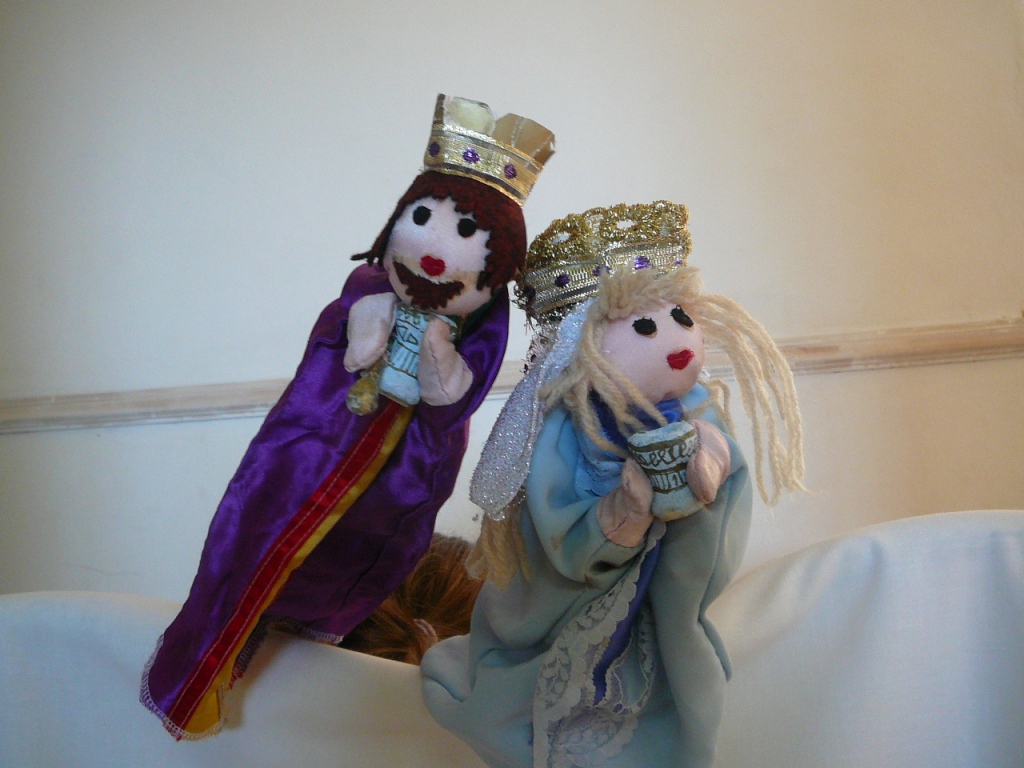



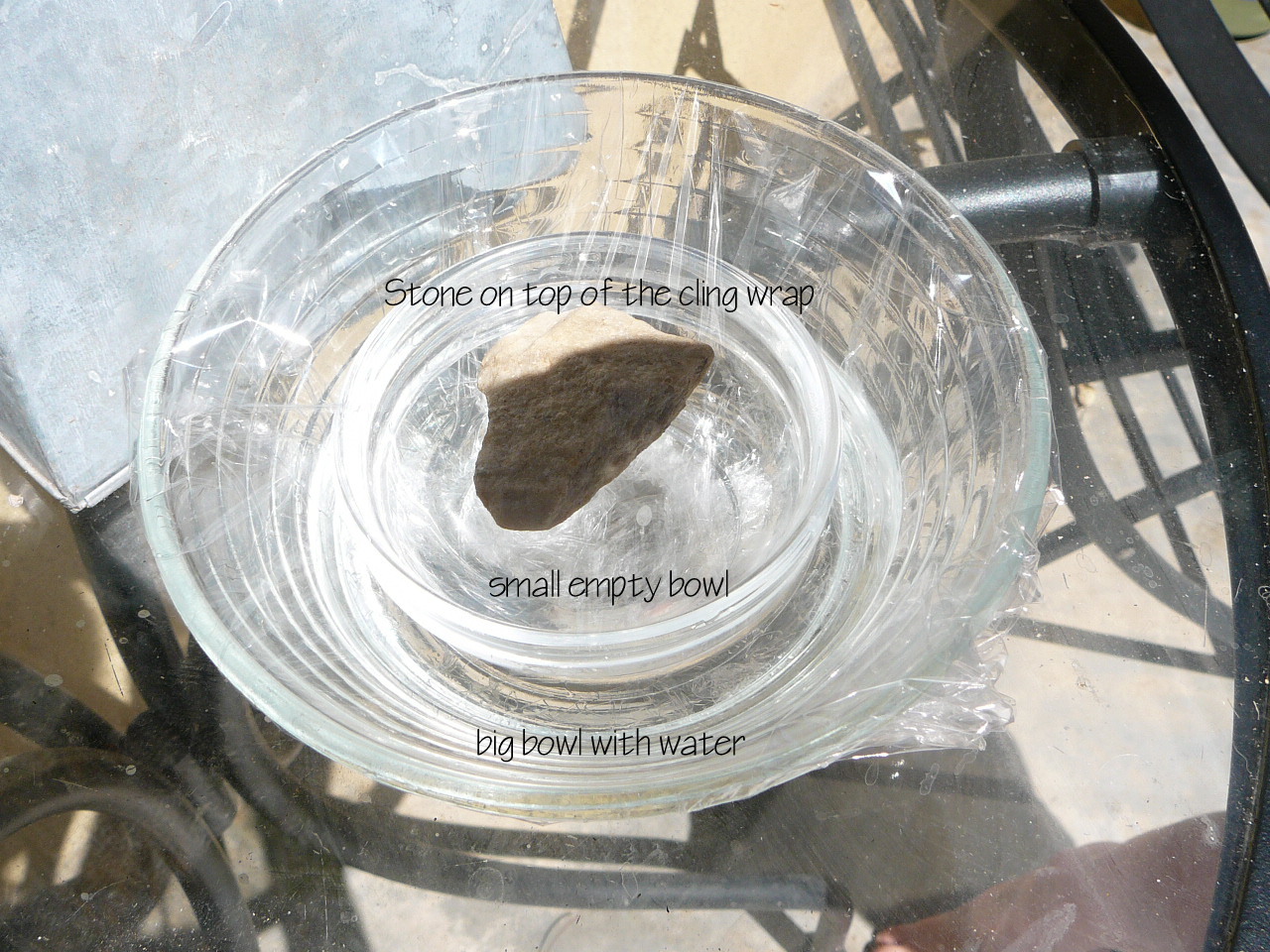
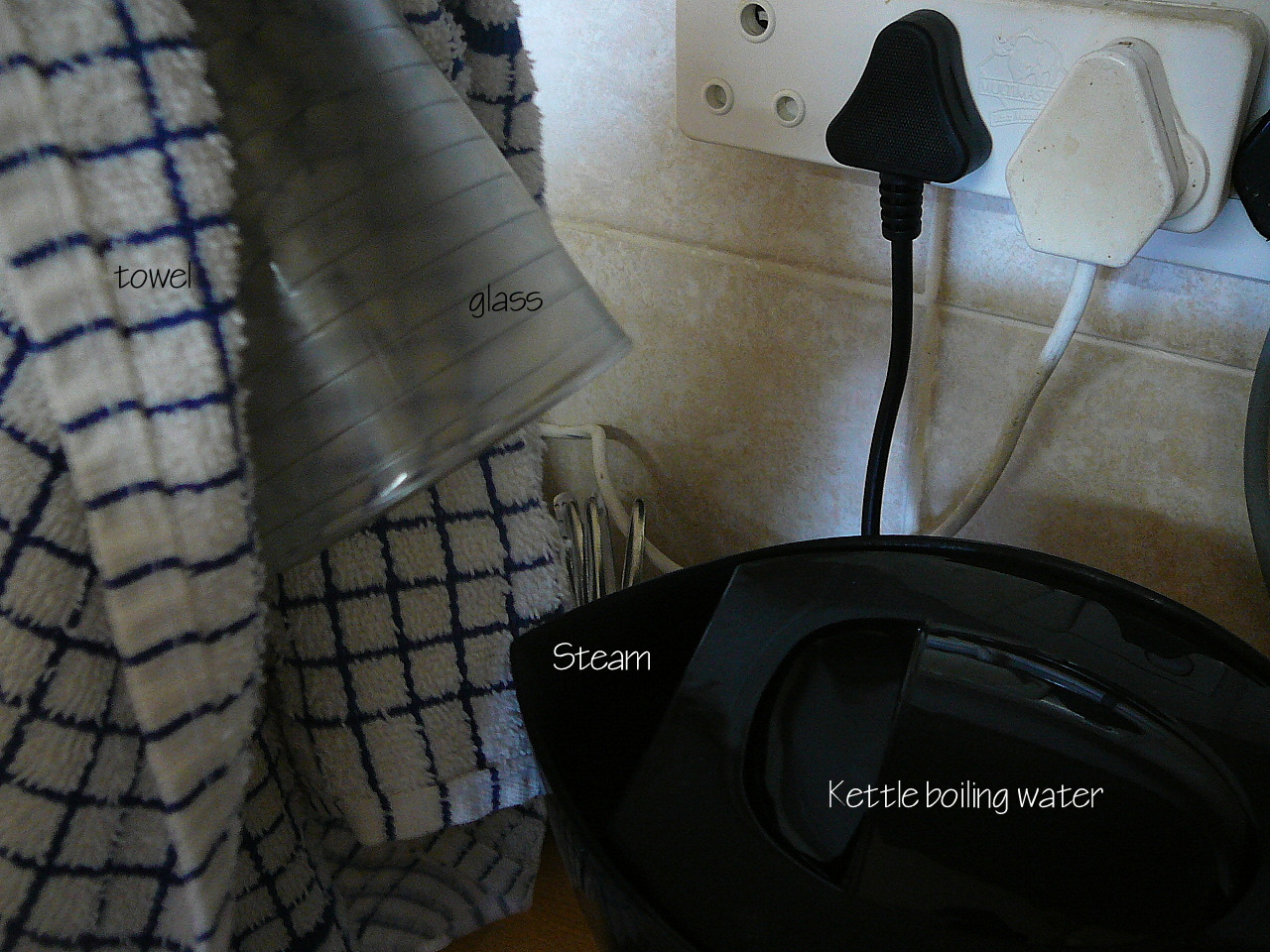

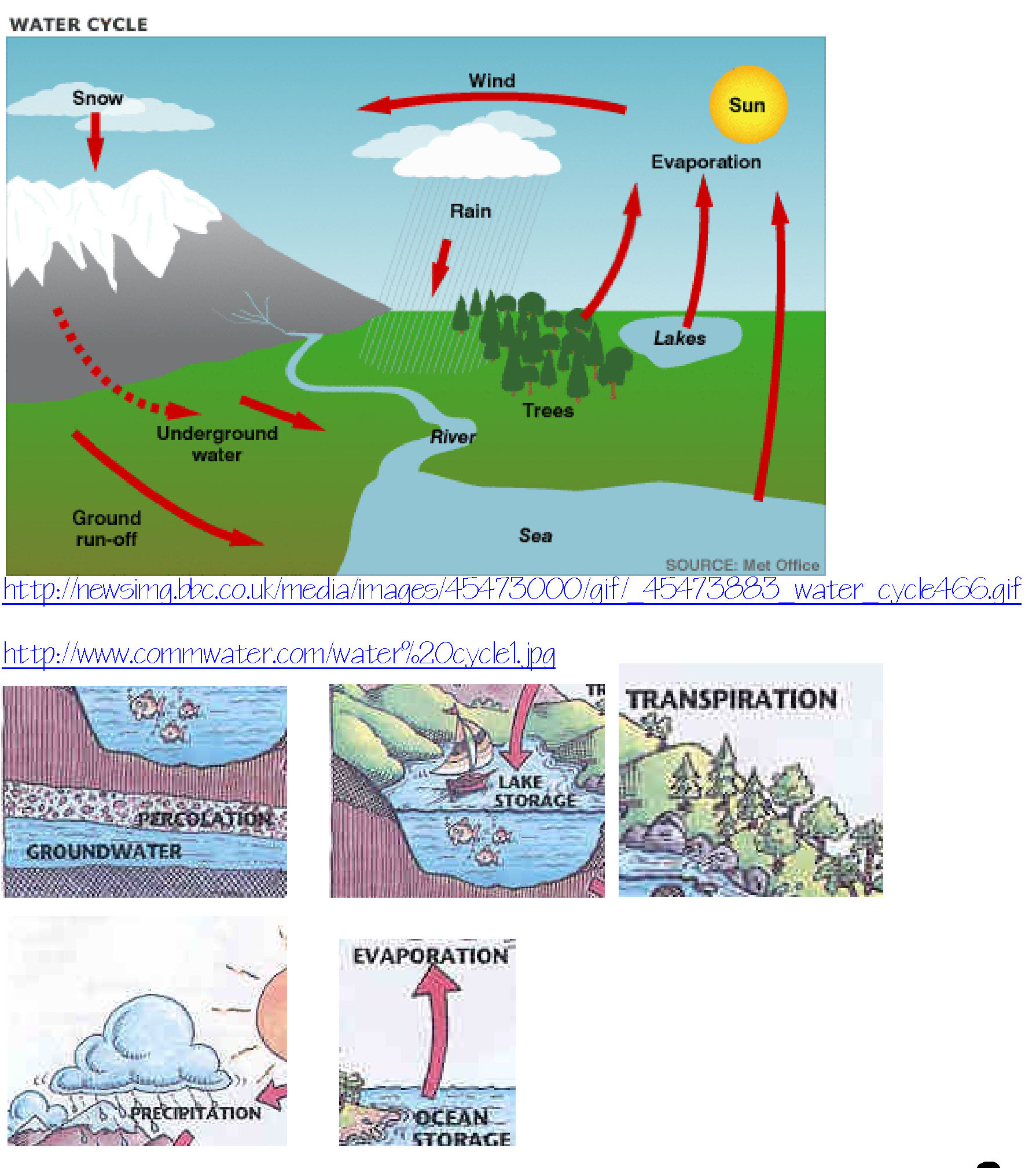
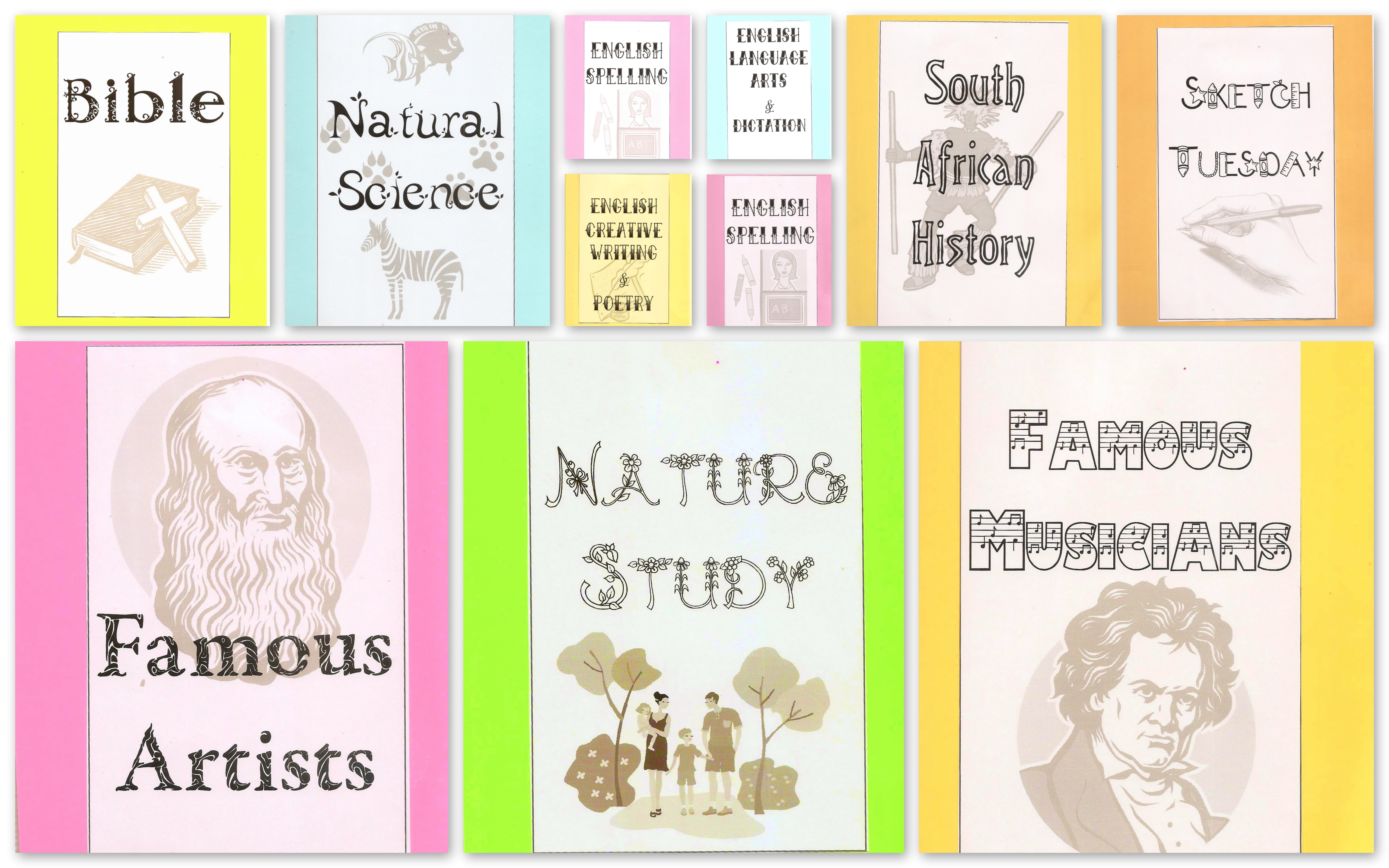





You must be logged in to post a comment.